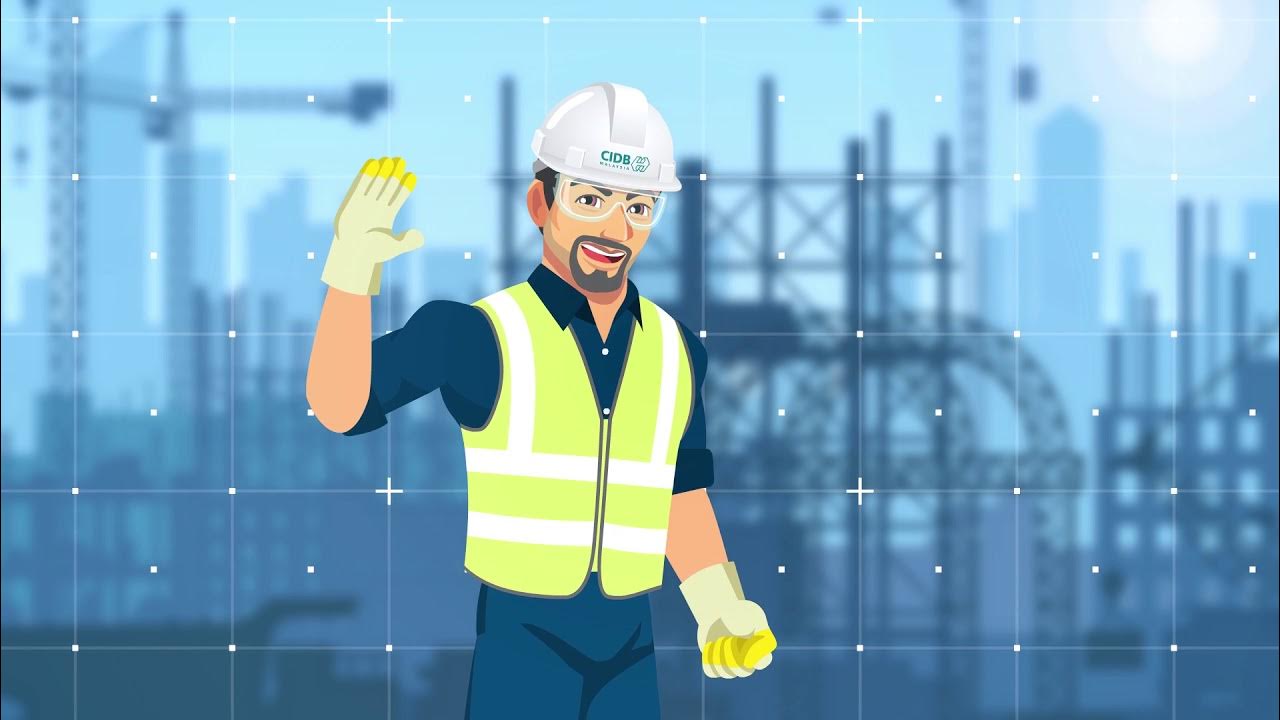Boiler | Classification of boiler | Types of Boiler (Cochran Boiler / Locomotive)
Summary
TLDRThis video transcript provides an in-depth explanation about boilers, covering key topics such as their definition, classification, parts, working, and safety requirements. It emphasizes the importance of understanding boiler concepts for exam preparation, suggesting a structured approach to note-taking and highlighting essential points like safety, efficiency, and reliability. The video also includes practical advice on how to sketch diagrams and write clear, concise answers in exams. The transcript aims to guide students in mastering the topic and performing well in their exams by focusing on the key components of a boiler and its operation.
Takeaways
- 😀 A boiler is essentially a tank that heats water to produce steam, which is then used to power turbines and generate electricity.
- 😀 When studying boilers for exams, focus on creating a clear diagram (60%), followed by an introduction (10%), parts of the boiler (10%), and its working (20%).
- 😀 Boilers can be classified according to various factors like tube content, furnace position, shape (vertical or horizontal), and water circulation method.
- 😀 The first classification method for boilers is based on the content inside the tubes: fire-tube and water-tube boilers.
- 😀 Boilers are also classified according to furnace position: internal and external fire boilers.
- 😀 Another classification method is based on the axis of the shell: vertical and horizontal boilers.
- 😀 Boilers can be classified based on the number of tubes: single-tube and multi-tube boilers.
- 😀 Boilers can be divided based on the circulation method of water and steam: natural and forced circulation boilers.
- 😀 Good boilers have key requirements such as safety (to avoid explosions), efficiency (producing enough steam), reliability (easy operation), and durability (long-lasting).
- 😀 A locomotive boiler operates by heating water around a firebox, creating steam, which is then used to generate power.
- 😀 It’s important to create neat and accurate diagrams in exams, as they contribute significantly to your score, especially for topics like boilers.
Q & A
What is a boiler?
-A boiler is a device used to produce steam by heating water. This steam, which is under high pressure, is used to drive turbines and generate electricity.
What are the main components of a boiler?
-The main components of a boiler include the furnace, water chamber, steam chamber, and the chimney. The furnace heats the water, converting it into steam, which is then used to power turbines.
How does a boiler work?
-In a boiler, water is heated from below, causing it to convert into steam. The high-pressure steam is then used to turn turbines and generate electricity.
What is the importance of a boiler's figure during an exam?
-When answering exam questions about boilers, drawing a correct and detailed figure is crucial as it accounts for a significant portion of the marks, usually 60 points.
What are the types of boilers based on the content inside the tubes?
-Boilers can be classified into two types based on the content inside the tubes: Fire tube boilers and water tube boilers.
What are the key requirements of a good boiler?
-A good boiler must have safety, efficiency, reliability, and durability. It should be safe to operate, efficient in producing steam, reliable in its operation, and durable for long-term use.
Why is safety an important consideration for boilers?
-Safety is crucial because boilers operate under high pressure, and if a boiler is poorly constructed or fails, it can explode, causing significant damage or loss of life.
What is the classification of boilers according to the position of the furnace?
-Boilers can be classified according to the position of the furnace into two categories: Internally fired boilers and externally fired boilers.
What are the differences between stationary and mobile boilers?
-Stationary boilers are fixed in one location, often used for large-scale power generation, while mobile boilers are designed for portability and are used in applications that require flexibility.
What is a locomotive boiler and how does it work?
-A locomotive boiler is a type of fire-tube boiler used in steam locomotives. It has a firebox where the fire is burned, and the hot gases pass through tubes surrounded by water. The heat produced converts the water into steam, which drives the locomotive.
Outlines

This section is available to paid users only. Please upgrade to access this part.
Upgrade NowMindmap

This section is available to paid users only. Please upgrade to access this part.
Upgrade NowKeywords

This section is available to paid users only. Please upgrade to access this part.
Upgrade NowHighlights

This section is available to paid users only. Please upgrade to access this part.
Upgrade NowTranscripts

This section is available to paid users only. Please upgrade to access this part.
Upgrade NowBrowse More Related Video

Penerapan K3 dalam Laboratorium

Safety and Health Assessment System in Construction (SHASSIC) - Terms and Definitions (Part 2)

Perancangan Mesin | Elemen Mesin

Klasifikasi Virus / pengelompokan Virus . Bab.virus biologi Sma kelas 10

Ketel Uap di Kapal Niaga (Part 4) - Lilin Tua #belajarbersama #mesin #kapal #lilintua #engineer

AIR TRAFFIC SERVICES THEORY [ANNEX 11]
5.0 / 5 (0 votes)